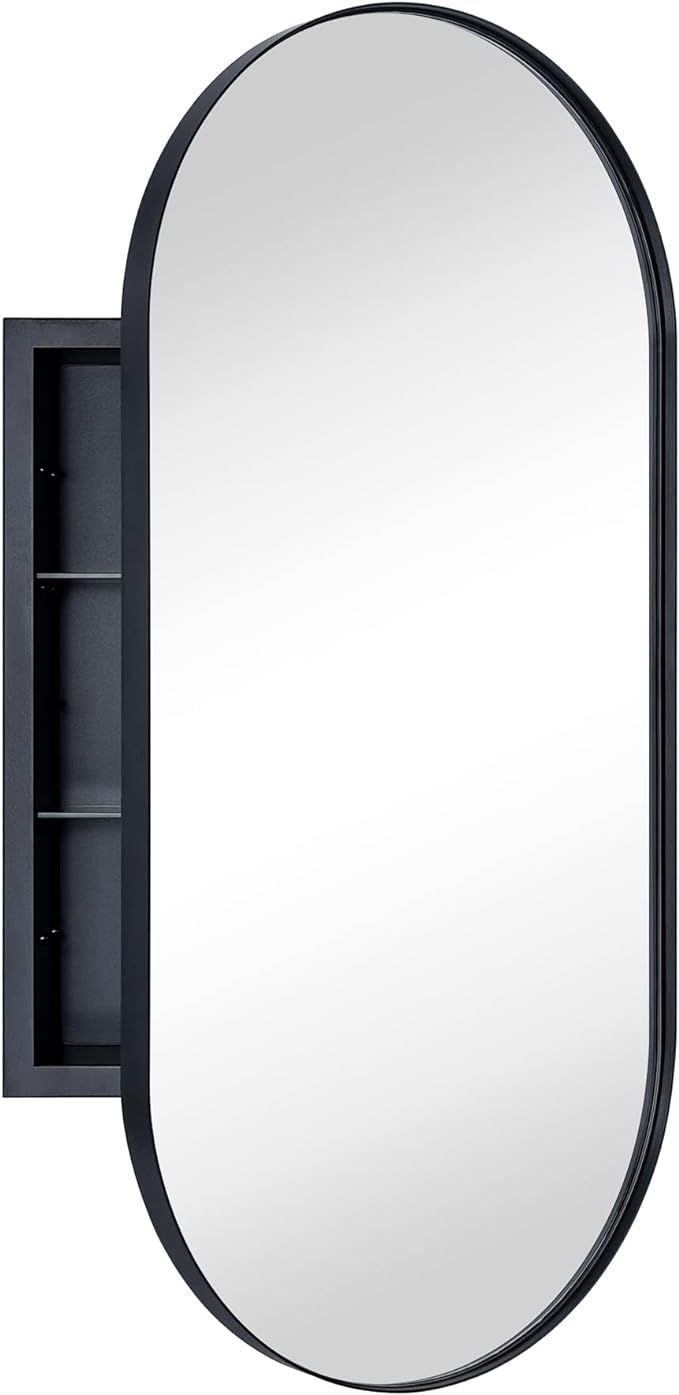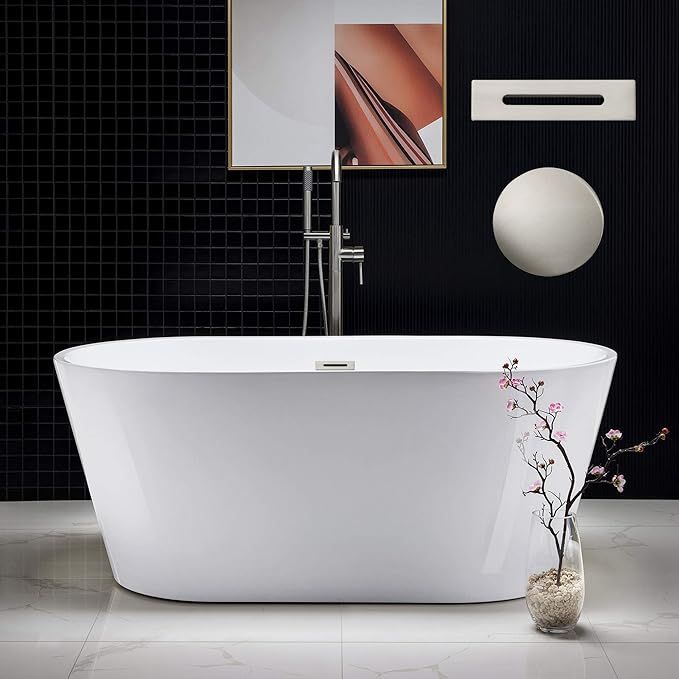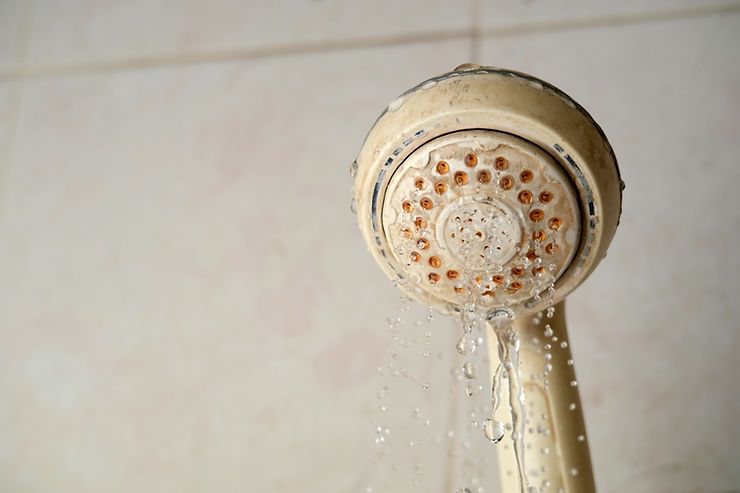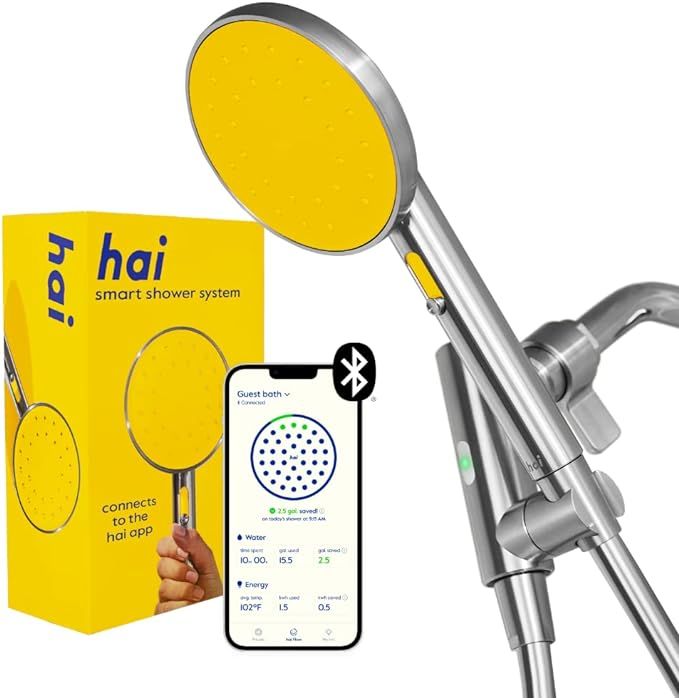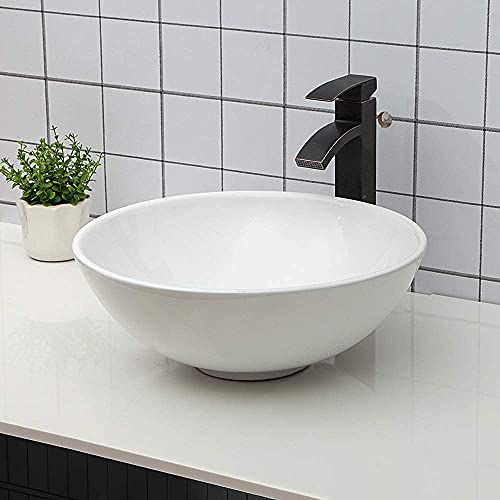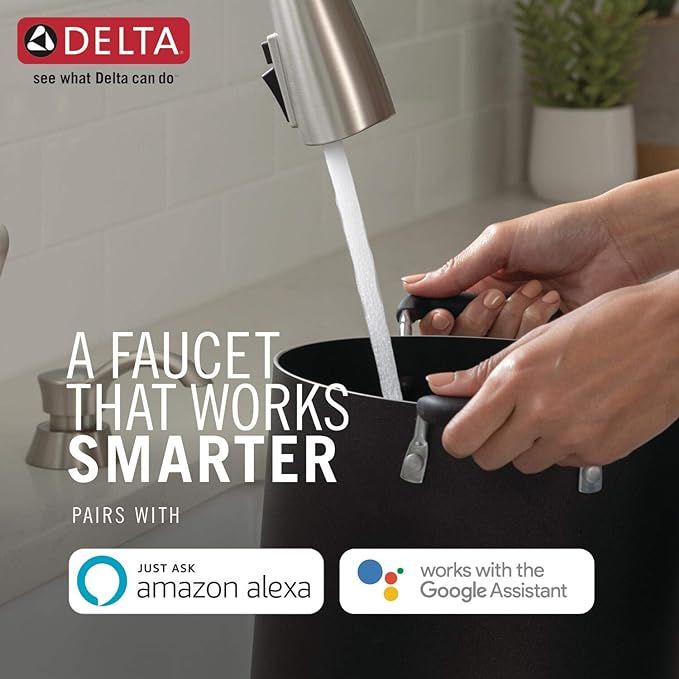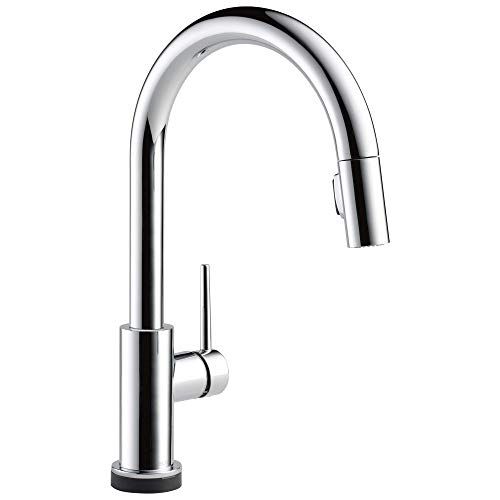What is a Smart Faucet and Why You Need one
Embark on a journey of sophistication with our comprehensive article on "What is a Smart Faucet" at Best Vintage Bathroom. Beyond the conventional, a smart faucet is a technological marvel, seamlessly blending style and functionality. Delve into our guide to discover how these intelligent fixtures redefine the vintage aesthetic, offering unparalleled convenience and transforming your bathroom into a sanctuary of timeless charm. From touchless controls to innovative designs, explore the pivotal role smart faucets play in curating a bathroom that transcends the ordinary, harmonizing the past and the future in a single, graceful flow.
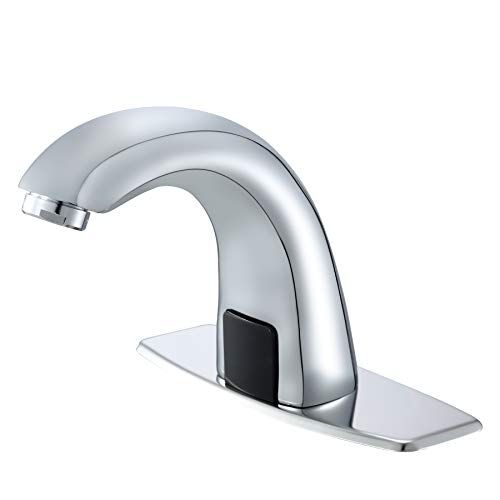
OverView
A smart faucet is a type of faucet that uses technology to make it more efficient, convenient, and user-friendly. Smart faucets typically have sensors that can detect motion, touch, and voice commands. They can also be connected to a home automation system to control water flow, temperature, and other settings.
-
Water conservation: Smart faucets can help to conserve water by automatically turning off when they are not in use. This can help to save money on your water bill and reduce your environmental impact.
-
Convenience: Smart faucets can be very convenient, especially for people with disabilities or limited mobility. They can be turned on and off with a simple wave of the hand or a voice command.
-
Improved hygiene: Smart faucets can help to improve hygiene by reducing the spread of germs. They can be turned on and off without touching the faucet, which can help to prevent the spread of bacteria and viruses.
-
Customizable settings: Smart faucets can be customized to meet your individual needs. You can set the water temperature, flow rate, and other settings to your liking.
Smart faucets typically work using a combination of sensors and microprocessors. The sensors detect motion, touch, or voice commands. The microprocessors then process the sensor data and send signals to the faucet to turn it on or off, adjust the water temperature, or perform other actions.
-
Touchless faucets: Touchless faucets use motion sensors to detect when someone is nearby. The faucet will then automatically turn on when the person is within a certain range.
-
Voice-activated faucets: Voice-activated faucets use voice recognition technology to respond to voice commands. You can use your voice to turn the faucet on or off, set the water temperature, and other settings.
Smart faucets can be used in a variety of applications, including:
-
Homes: Smart faucets can be used in kitchens, bathrooms, and laundry rooms.
-
Commercial buildings: Smart faucets can be used in offices, schools, restaurants, and other commercial buildings.
-
Public restrooms: Smart faucets can be used in public restrooms to help reduce water consumption and improve hygiene.
Smart faucets are a relatively new technology, but they are becoming increasingly popular. As the technology continues to develop, we can expect to see even more advanced smart faucets in the future. Some of the potential future features of smart faucets include:
-
Integrated water filtration systems: Smart faucets could be equipped with integrated water filtration systems that remove impurities from the water.
-
Real-time water usage monitoring: Smart faucets could be equipped with sensors that monitor water usage in real time. This data could then be used to identify leaks and other potential problems.
-
Personalized water recommendations: Smart faucets could be programmed to learn your water usage habits and make personalized recommendations for how to conserve water.



